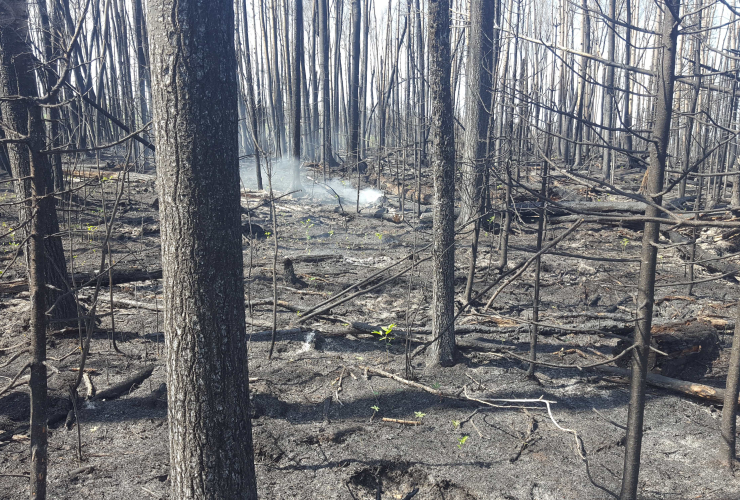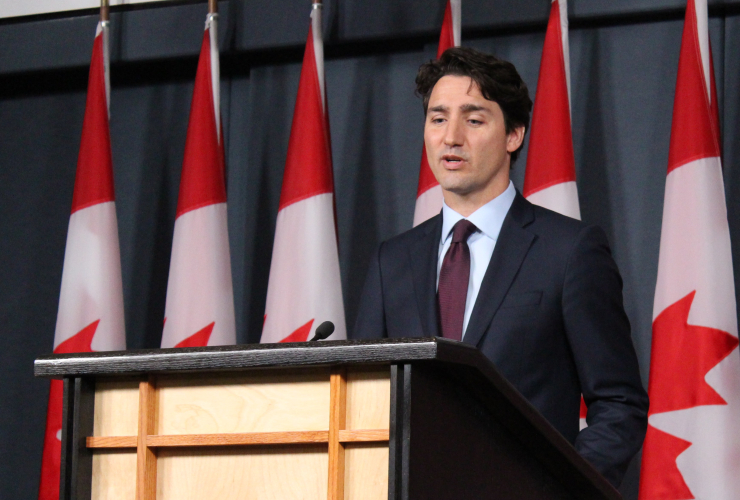The federal government wants to change how you think about forest fires. It's part of the government's campaign to prevent disasters from happening.
“It’s about changing public perceptions, a bit like drinking and driving,” Glenn Mason, the assistant deputy minister of the Canadian Forest Service at the federal Natural Resources Department, said in an interview with National Observer. “Over time, you really change how people view things.”
More than a decade ago, governments across Canada created a national strategy, in partnership with other levels of government, to prevent the spread of forest fires in a warming climate.
Mason and his counterparts are now trying to improve their coordination and strategy. Collectively, their idea is to redesign homes and communities as part of a comprehensive plan that is focused on public education and prevention.
This means that governments will be working with insurance companies to find the best ways to design and build homes in fire-prone areas. In terms of public education, they want to prevent careless mistakes, such as someone tossing a cigarette into a hot and dry forest in the middle of a heat wave.
Canada's current national strategy was introduced in 2005, a year after Mike Flannigan, a professor of wildland fire at the University of Alberta, and other scientists published peer-reviewed research that found that global warming was making Canada’s wildfires more aggressive and more dangerous.
But a lack of funding has left many aspects of that strategy incomplete, federal Natural Resources Minister Jim Carr was told in briefing notes, from last November.
“The frequency and severity of wild land fires have been trending upwards in the past few decades and summer 2015 was particularly severe,” Carr was told in those briefings, released through access to information legislation. “As a result, there have been calls from the public, communities and provinces for increased federal involvement in wildfire management.”
With support from insurance companies, Mason said the government could help homeowners make their houses more fire resistant through a variety of different changes such as replacing shingles on roofs to protect against flying embers.
Communities and cities in the middle of the forest could also do more to create protective barriers, such as planting more aspen trees - which burn less intenseley than conifers - to protect homes, he explained.
He said precautions are necessary, especially when facing a beast as aggressive as the recent Fort McMurray wildfires. Once a fire like that gets started, it’s most likely too late, regardless of how many water bombers and firefighters try to stop it, he explained.
“There’s no money on earth that can put out a fire like Fort McMurray,” he said. “If you build your community right into the forest, sooner or later that’s going to be a problem."
First of all why are we
First of all why are we building communities in forested areas. I can understand the ft. McMurray situation because of the development of the tar sands. However in many situations we are encroaching in forest and wildlife areas instead of redevelopment in already existing livable areas that are not prone to wild forest fires.







Comments